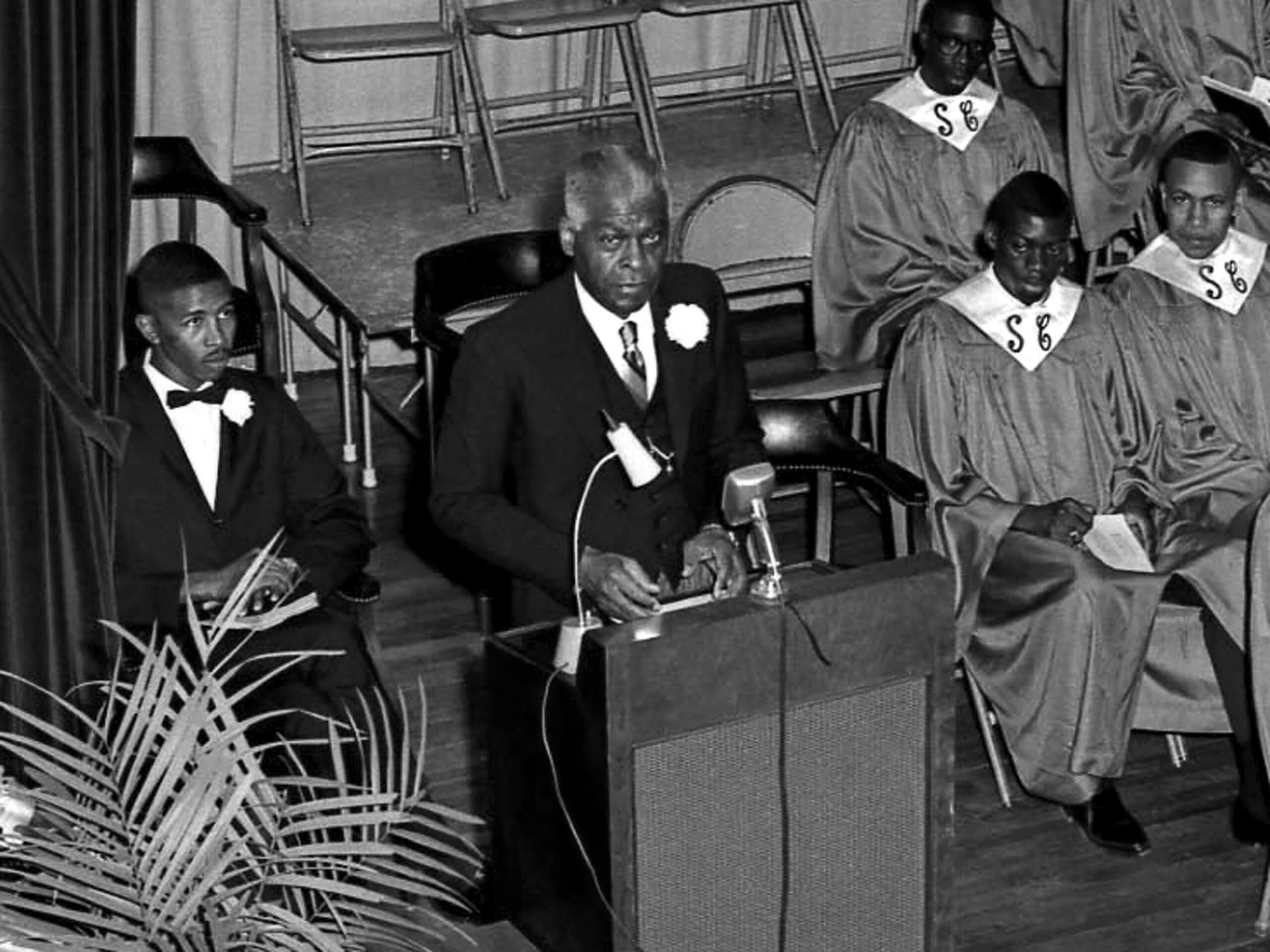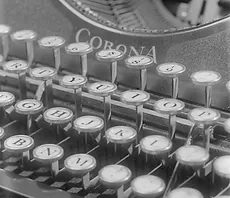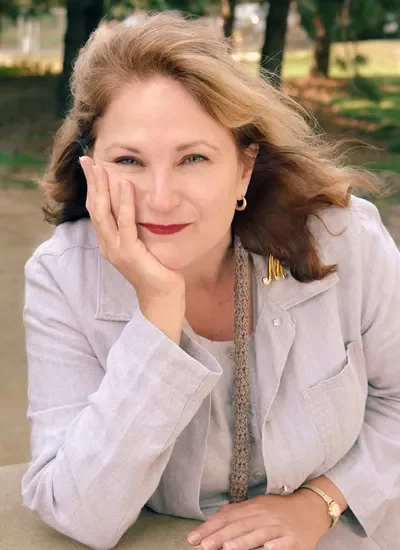Photo by Cecil Williams/Claflin University/Historically Black Colleges & Universities (HBCUs)/Getty Images
Dr. Benjamin Mays gazes out at us from the podium with intensity. He is immaculately dressed and wears a white boutonnière. Four young men surround him: the three on his left are dressed in choir robes with school insignia “SC” and to his right the fourth wears a bow tie, indicating his role as a master of ceremonies.
For over three decades Dr. Mays looked out from settings just like this one into the eyes of generations of people in the region, and he spoke into their souls.
This black and white photo was taken by acclaimed civil rights photographer Cecil J. Williams (1937- ). Williams, a native son of Orangeburg and a 1960 graduate of Claflin University, began his career behind the camera at age 11 when he was hired to photograph a wedding.
This photo was taken during one of Dr. Mays’s annual visits to South Carolina State University (SCSU) to deliver his Easter Sunday sermon. Thus we see one accomplished South Carolinian capturing the essence of another.
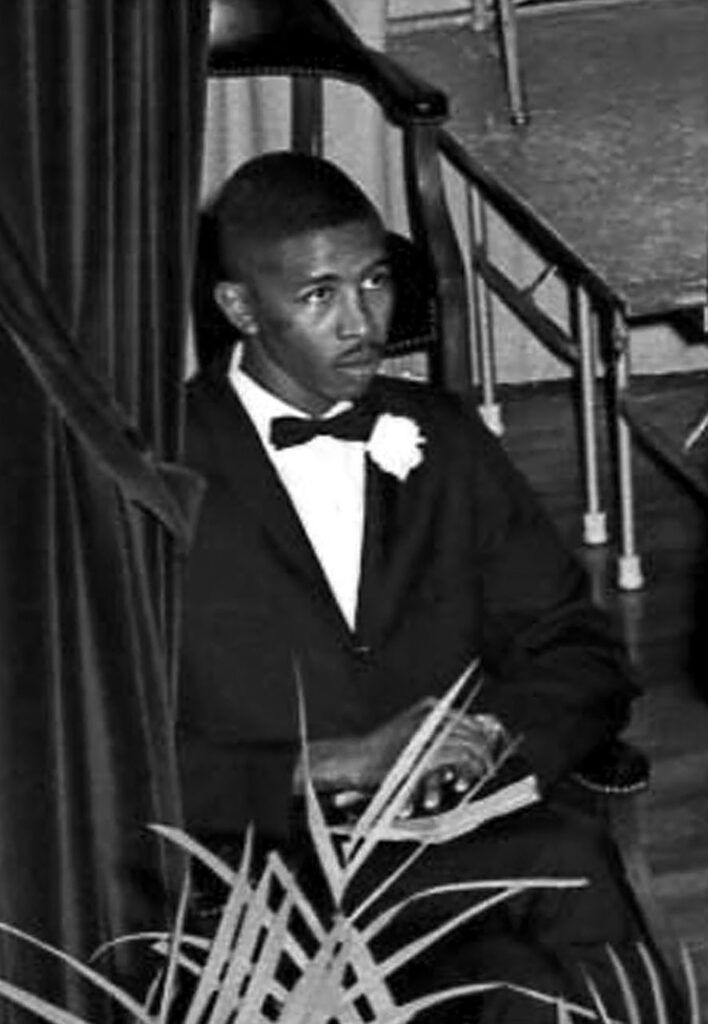
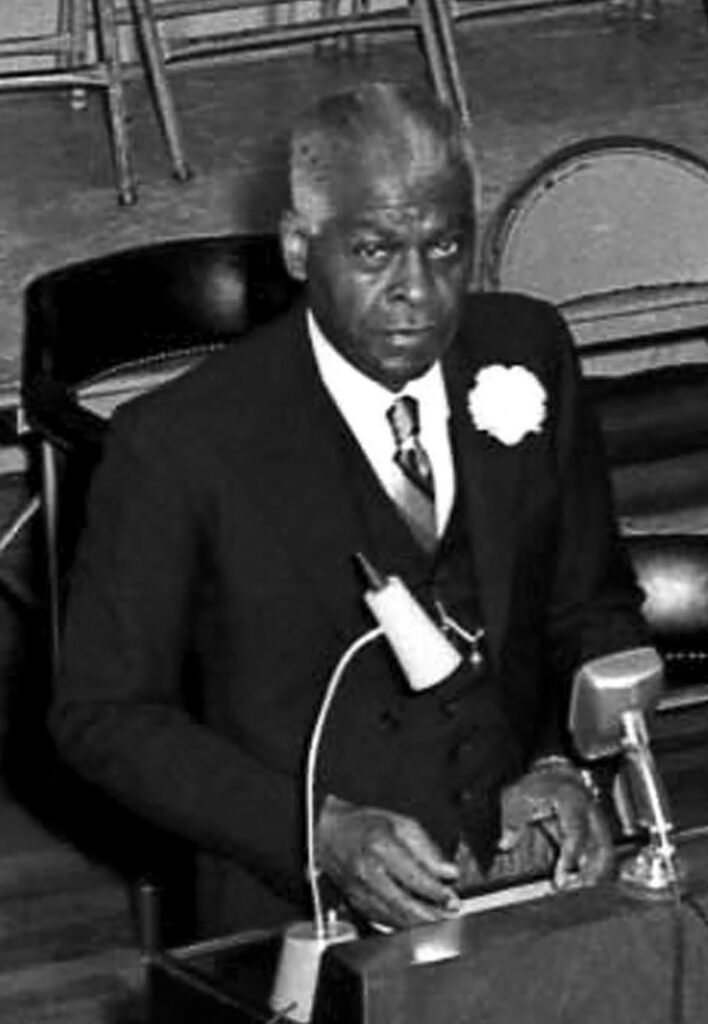
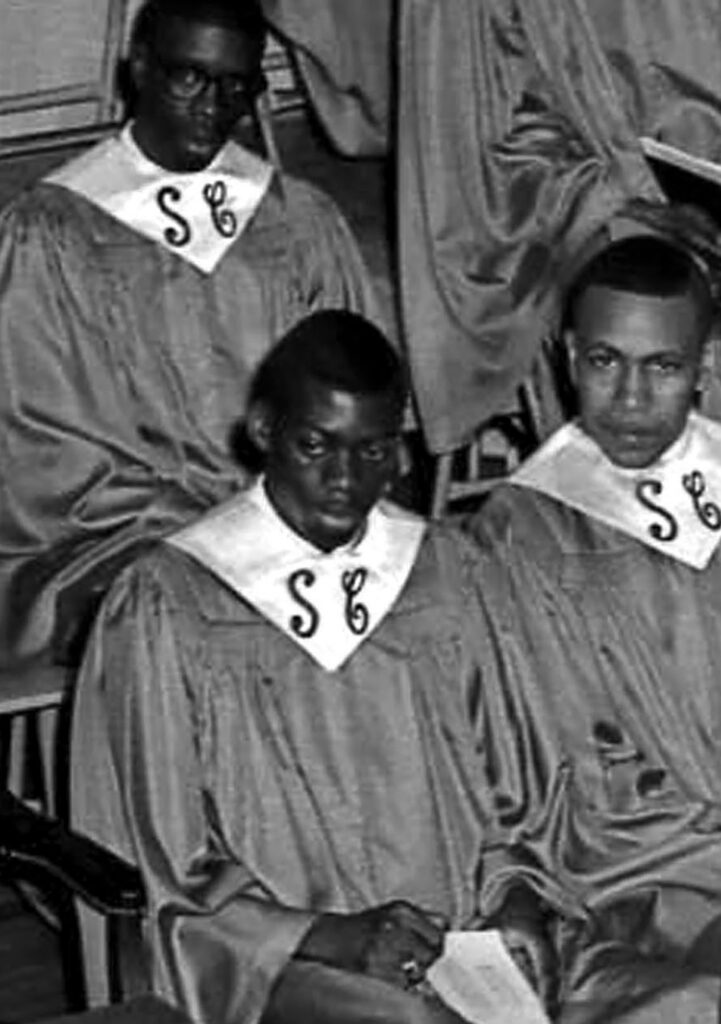
Mays had been born in 1894 in a tiny rural community called “Ninety-Six” in South Carolina’s Edgefield district. He was the eighth child of Louvenia Carter Mays and Hezekiah Mays, formerly enslaved people who made their living as sharecroppers.
His sister Susan had taught him to read, and he had obtained his early education in brief four-month periods from November to February between harvest seasons at the Brickhouse School in Epworth.
In his 1971 autobiography, Born to Rebel, he recalled his earliest oratorical success. “I do not remember exactly how old I was–possibly nine,” he wrote, when he recited “a portion of the Sermon on the Mount” at Old Mount Zion Baptist Church near Callison, SC. “[T]he house went wild: old women waved their handkerchiefs, old men stamped their feet, and the people generally applauded long and loud.”
Against the wishes of his father, he left the farm in 1911 to enter the high school department of the Colored Normal Industrial Agricultural and Mechanical College, renamed SCSU in 1954.
Thus began a lifetime as an acclaimed public speaker, continuing from his student days at Bates College and University of Chicago, to his ordination as a Baptist minister and his work as the founding dean of Howard University’s School of Religion (1934-1940), the president of Morehouse College (1940-1967), and member of Atlanta’s Board of Education (1969-1981).
Mays also became a towering figure in the Civil Rights Movement. Many credit him with giving the movement its intellectual foundations. He took a young Martin Luther King, Jr. under his wing when King was a student at Morehouse. Dr. Mays gave the benediction at the 1963 March on Washington and delivered King’s eulogy after he was assassinated in 1968.
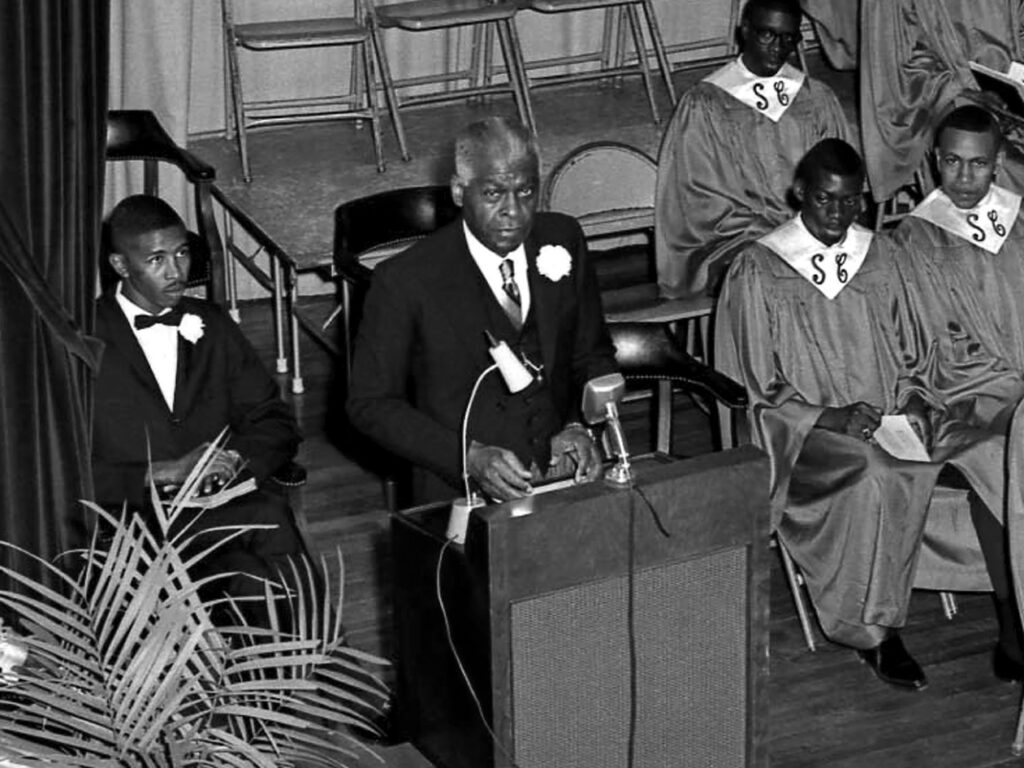
Throughout it all, SCSU, his alma mater, remained dear to Mays’s heart. Year after year, from 1936 to 1967, Mays stood before students on Easter Sunday as the physical embodiment of what could be achieved against all odds.
His return to SCSU was an exhortation to spiritual resurrection and an inspiration to intellectual advancement. We can almost hear him in this picture urging the audience along with one of his now famous quotes which adorns his memorial at Morehouse College: “Not failure but low aim is sin.”
Or as he told the crowd during his Founder’s Day Address at SCSU in 1969: “There is no substitute for academic excellence. . . You cannot black power yourself to a good job. There is no substitute for a mind that is well trained.”
Among his numerous awards, which included 49 honorary doctorates, he took special pride when his home state hung a portrait of him by African American painter Larry Francis Lebby (1950-2019) in the State House building in Columbia in 1981 and inducted him into the South Carolina Hall of Fame shortly before his death in 1984.

Learn more:
Carrie M. Dumas with Julie Hunter, Benjamin Elijah Mays: A Pictorial Life and Times (Macon, GA: Mercer University Press, 2006).
Interview with Larry Lebby by Andrea L’Hommedieu, 2016.
Benjamin Mays, Born to Rebel (Athens: University of Georgia Press, 1971).
Interview with Benjamin Mays by Grace McFadden, 1982
Cecil J. Williams, Freedom & Justice: Four Decades of the Civil Rights Struggle as Seen by a Black Photographer of the Deep South, (Macon, GA: Mercer University Pres, 1995).
“Cecil Williams’ Civil Rights Museum/ Palmetto Scene”
“Cecil Williams on His Lifelong Career as a Civil Rights Photographer”


